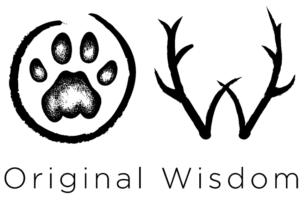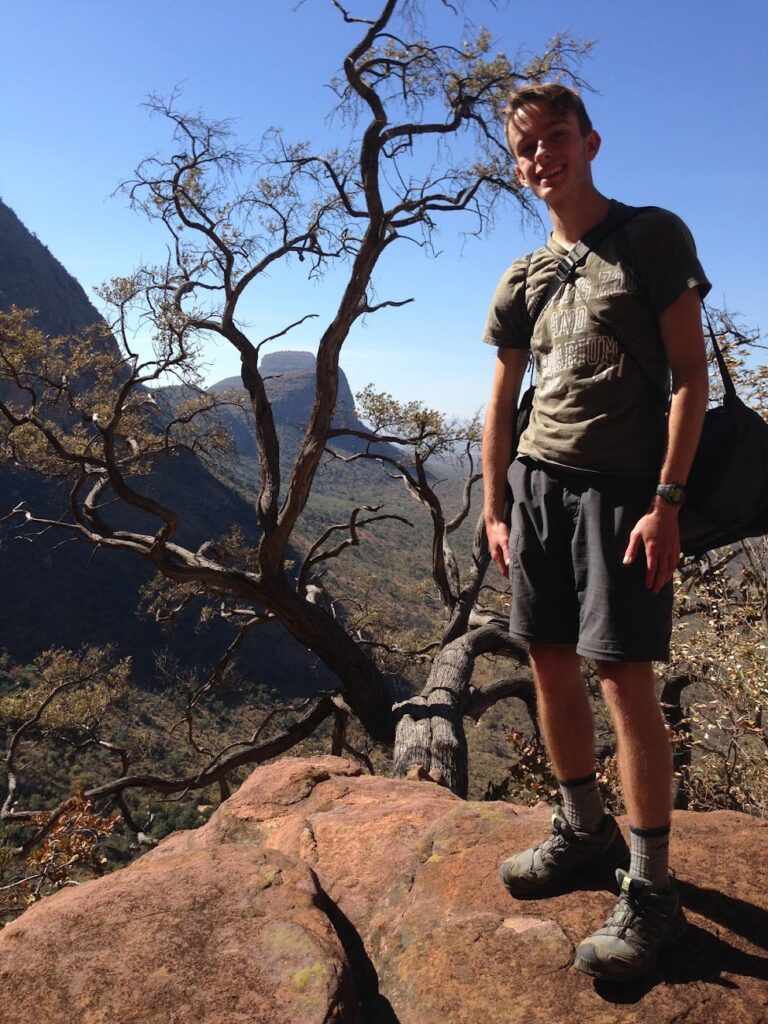Our Camps
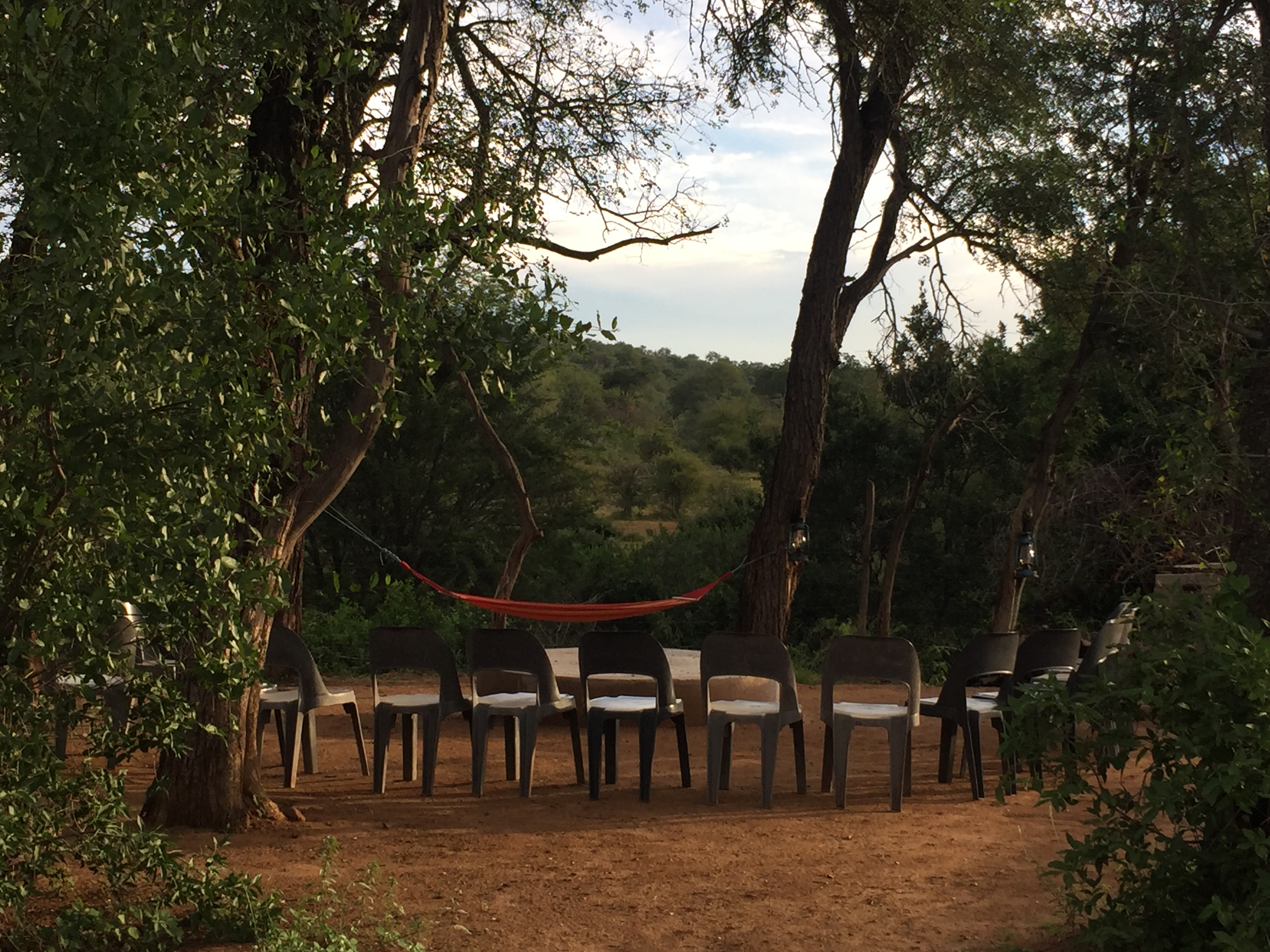
We use several wonderful locations for our training, both inside and adjacent to the Kruger National Park (KNP). We have chosen this region for its stunning big game, diverse birdlife and wild feel. We enjoy the opportunity to diversify our training camps, based upon the needs of a particular course. Some courses are run in fenced reserves, others out in the open ecosystem of the Kruger. Both of these, we find, have their advantages.
KNP is South Africa’s first national park, and one of the largest game reserves in Africa. It is part of the Great Limpopo Transfrontier Park, a peace park that links Kruger National Park in South Africa with the Gonarezhou National Park in Zimbabwe, and with the Limpopo National Park in Mozambique, covering an approximate area of 35,000 square kilometers. The greater KNP ecosystem is a privately owned area but with no fences between it and the nationally managed KNP. This allows a free flow of wild animals and every day has potential for some new and extraordinary sighting from the small and scaly pangolin to massive herds of migrating African elephants.
During a program with us you may experience more than one venue, which will just add to your breadth of knowledge and experience. Some of our camps are tented, and others consist of brick-and-mortar buildings. Wherever we stay, rest assured, you will be comfortable, have excellent instruction and great wildlife experiences.
Your Home Away from Home
We often hear lions roaring at night amongst the other night sounds from hyenas, elephants, leopards, and nocturnal birds. In the mornings, we see their tracks in the sands outside our camp gate, and we interpret (and sometimes follow) their tracks in what we call, “reading the morning newspaper”.
Most of our venues are situated in the wilderness of the Greater Kruger National Park. What this means is that there are no fences between our camp and Kruger Park, so animals are free to roam across a vast wild area and we have the opportunity to see any species, on any given day.
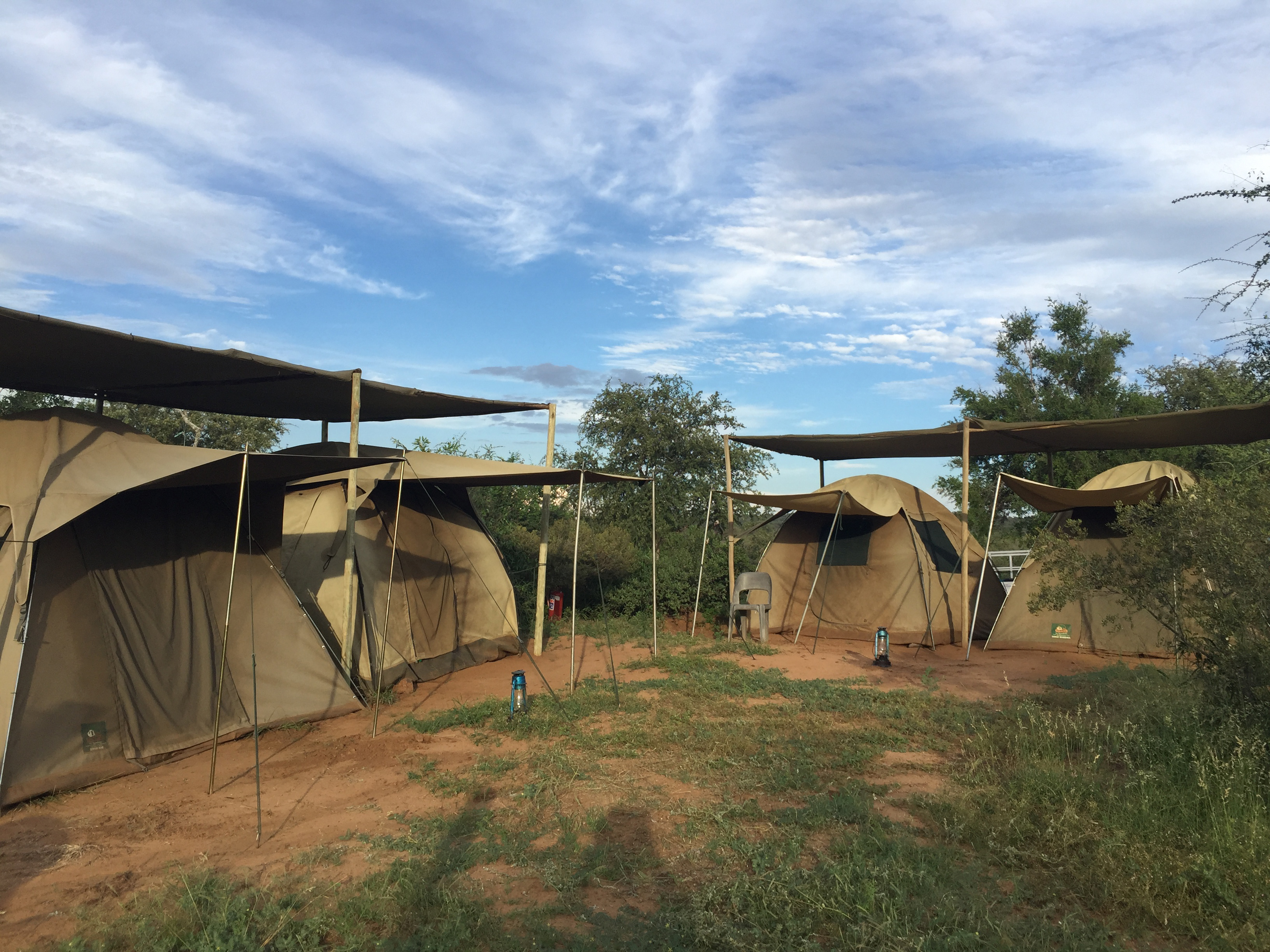
All of our venues are comfortable but we endeavor to use facilities that are also environmentally friendly. For example, water in this dry region is always an issue, but we have found a way to have some of the luxuries of home by installing bore hole that a provides our water in one of our camps, which is then heated through a “donkey” boiler system to bring you hot and cold running water in our kitchen and bathrooms, as well as flushing toilets. Our lights there and a small strand electric fence are powered by solar panels with battery back-ups. We do have an additional back-up of a petrol-powered generator for charging electronic devices such as phones and cameras. Thankfully, we have little cell-phone signal out here and no wifi. Less screen time = More green time!
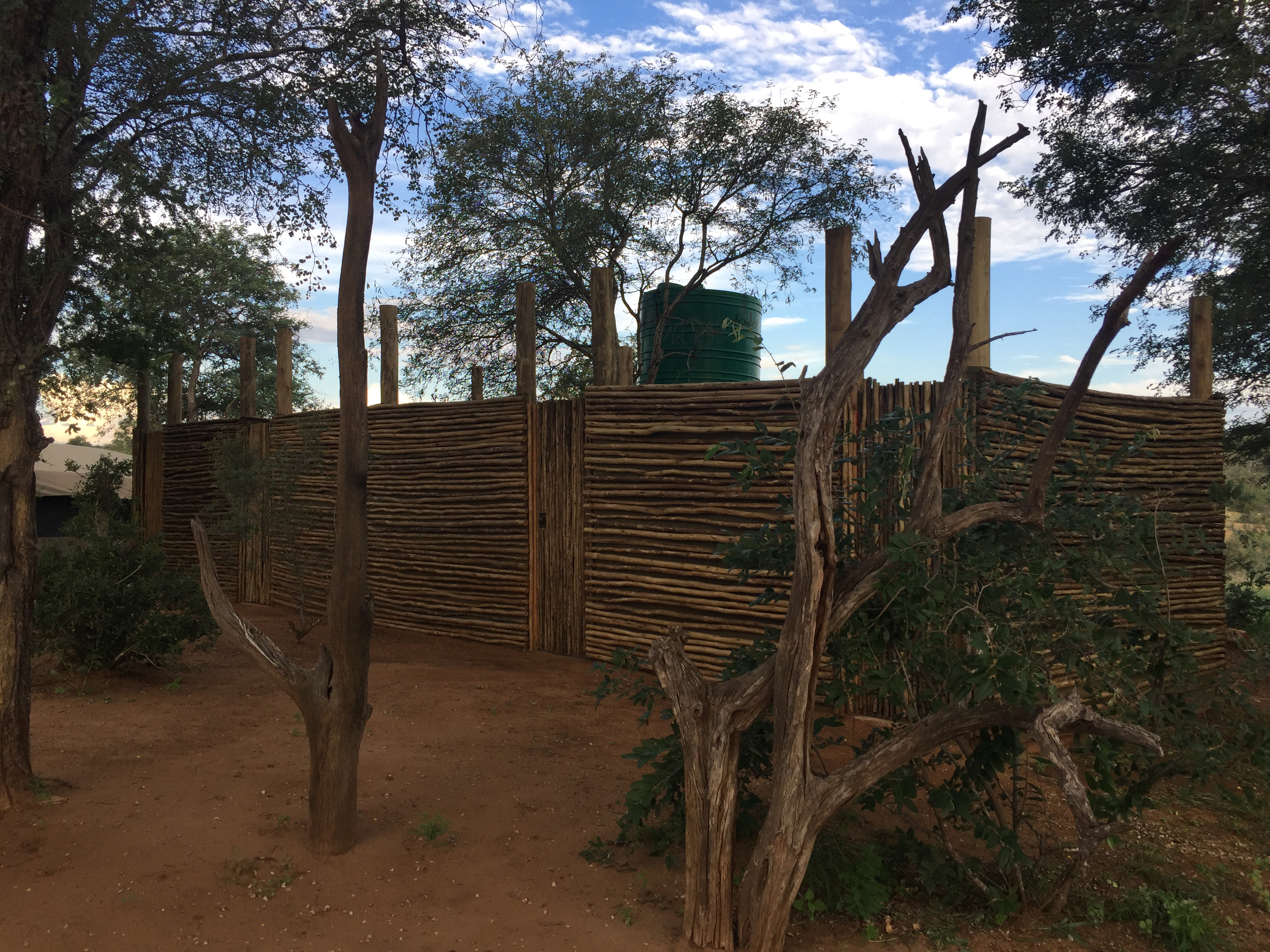
Animals
In terms of mammals, buffalo, lion, elephant, rhinoceros (both white and black) and the elusive leopard all call this place home, as well as African wild dog and cheetah, which both make periodical appearances in our area. Spotted hyena are common, as are zebra, and many smaller nocturnal mammals can also be seen when we do dusk or night drives. Kudu, sable, impala, waterbuck, wildebeest, nyala, bushbuck, steenbok, Sharpe’s grysbok, common duiker, klipspringer, giraffe and warthog are some of the ungulates which we could encounter whilst on drives or walks. It is a semi-arid portion of the Park, with plenty of movement of game in and out of our traverse, and fortunately much in-migration due to the river on our doorstep. The topography is very interesting, with coarse quartzite hills, and flat floodplains dominating the river banks, with a smattering of dark red Seyenite Koppies. It is an area rich in history, with evidence of Iron Age and earlier Stone Age cultures to be found at certain sites in the reserve. Birdlife is prolific, with several hundred species found on the reserve. Water birds attracted to the river are abundant and varies, and the hills and Koppies attract their own suite of arid eastern species. During the South African summer the calls of interesting migrants fill the air. Botanically this area is very rich, with many unusual varieties of tree and forb. We are very fortunate to operate in such a diverse habitat.

What you should bring – a suggested packing list
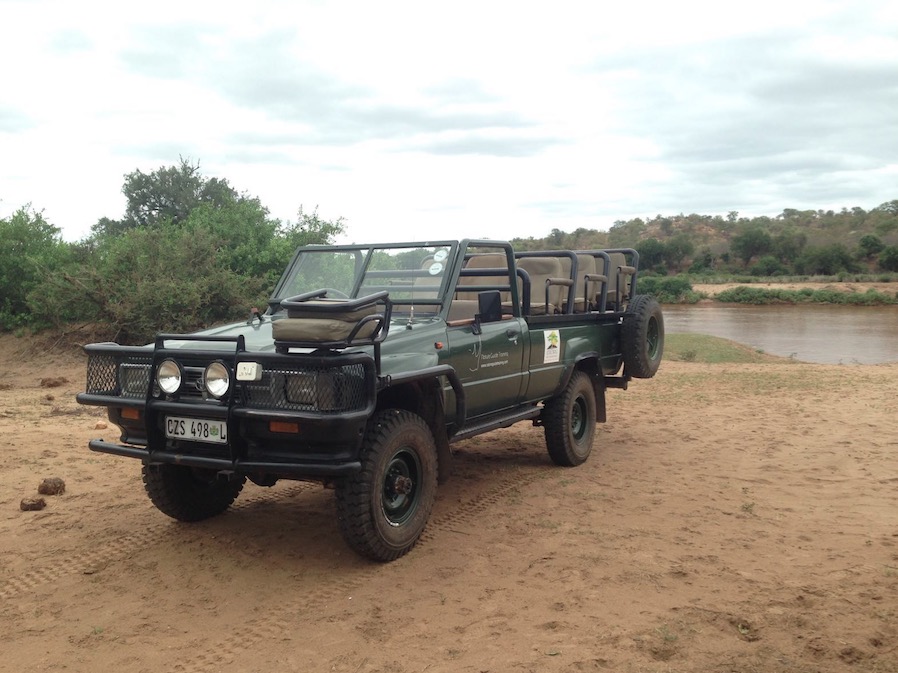
Subscribe to Original Wisdom
Recent Blog Posts
Blog Tag Cloud
Blog Archive
Archives
Brandon Willis Legacy Scholarship
One hundred percent of donations made in Brandon’s name are set aside to help provide for a high school or college student to travel to South Africa to participate in an Original Wisdom program. The student must have a strong passion for photography and/or wildlife tracking and be a part of a program or class that is learning about and working towards conservation.
